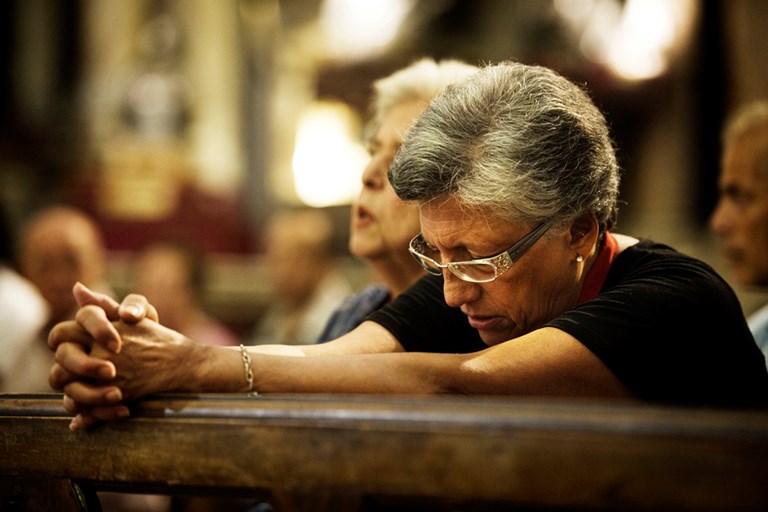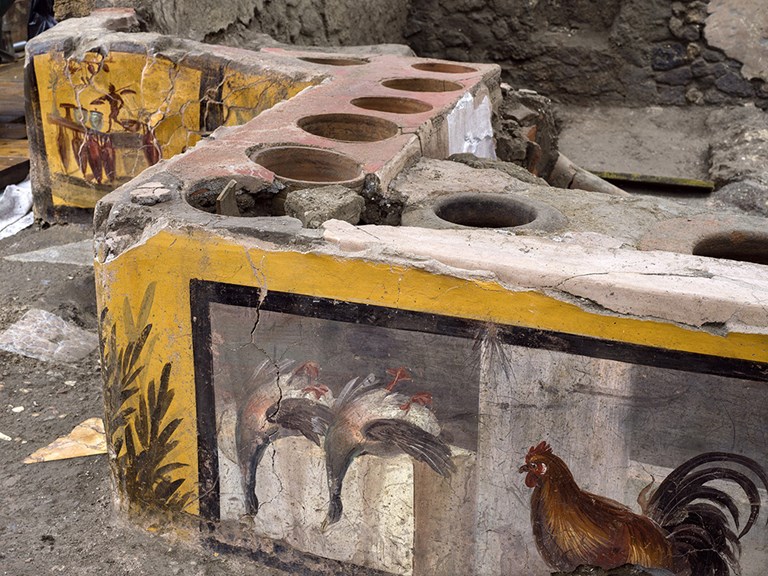WAITING FOR THE MIRACLE
19.09.2014 NAPLES & AROUND
Naples’s most precious relic is a glass ampoule said to contain the blood of the saint, enclosed within a silver reliquary. Three times a year (the other dates are December 16 and the Saturday before the first Sunday in May), it is removed from its resting place on the main altar of the chapel. And three times a year, if all goes well, the saint's blood turns from its normal solid state to liquid soon after the cardinal-archbishop of the city takes it in his hands. It should be mentioned at this point that the liquefaction of saintly blood relics is a peculiarly Campanian phenomenon – there are at least three other examples in the region – so for many, the San Gennaro 'miracle' has as much to do with folklore as faith. But whether or not you're a believer, the ceremony is an extraordinary experience, and one that anyone with a connection to the history and heartbeat of southern Italy should try to take in at least once.
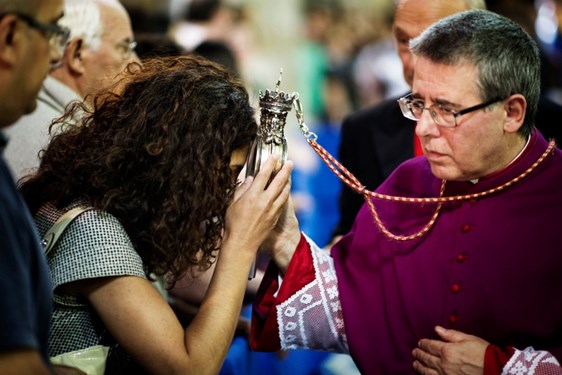
View
Cardinal Crescenzio Sepe, the Archbishop of Naples, won’t arrive until 10 or so, but in the meantime the rich theatre of Neapolitan life will keep us entertained. Occupying the front row of pews in the church are the so-called parenti or ‘relatives’ of San Gennaro, a group of Neapolitan women who claim descent from a beggar woman to whom the Saint appeared after his death, revealing to her the location of his martyred body. They lead prayers and hymns to invoke the miracle, but they can also berate the archbishop or the rest of the clergy if the liquefaction is delayed. So vocal are they that they were moved a few years back from their front-row seats in the main church to this side chapel, where their sometimes colourful language is less likely to offend.
TV crews and photographers mill around. Until the archbishop arrives they’re happy to snap anything – even a guy in a ‘BE COOL’ t-shirt lighting a votive candle. There are hipsters and nuns, businessmen, gypsies and housewives, cathedral guards, policemen – some with elaborately feathered ceremonial hats – and an emergency medical unit from the Sovereign Order of the Knights of Malta – including, bizarrely, a psychologist.
The mood is hopeful, expectant, but there’s also a certain tension in the air. Because just occasionally, San Gennaro’s blood refuses to liquefy: something considered a bad omen for this town in the shadow of Vesuvius. Notable occasions when this has happened include September 1943, a month before the Nazi occupation of Italy, and September 1980, two months before the devastating Irpinia earthquake.
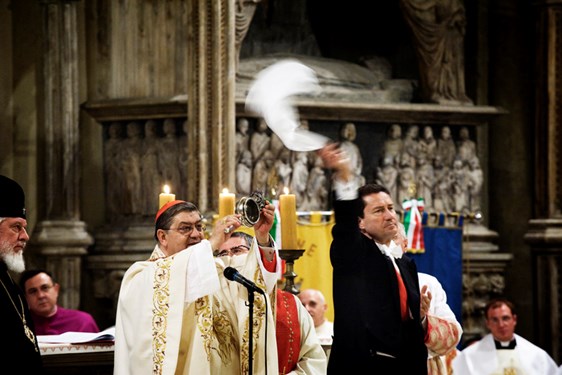
View
Suddenly there are shouts and bursts of applause from the main church: the archbishop is coming! Guards clear a path to the altar, and preceded by a stream of altar-boys, deacons and lesser clergy, the Cardinal of Naples arrives, though from our angle not much more than his mitre and crook are visible, bobbing like sacred flotsam above the crowd. He ascends the steps, blesses his flock and, attended by a flock of minions, disappears behind the main altar. He’s there for a few minutes; when he returns, he moves to the side of the altar where he lifts and tilts the reliquary, surrounded by an excited huddle of ecclesiastical robes. Soon a cry goes up: the blood has liquefied. Viva San Gennaro! A cathedral official waves a white large white handkerchief to signal that the miracle has taken place once again.
The parenti di San Gennaro burst into song as the reliquary is carried into the main church, where mass will take place. When it’s over, the archbishop carries the miraculous ampoule outside and holds it up to shouts of approval from the assembled crowd, before leading the faithful in the Lord’s Prayer.
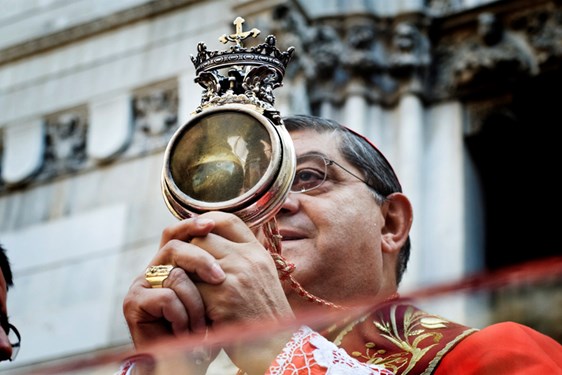
View
And then, in a burst of fire crackers, it’s all over. The Neapolitans from all walks of life who have spent the morning in church are happy: not only did Napoli football team win their match the previous evening, but San Gennaro came good for them. All’s well with the world – until 16 December, when the city will start waiting for the miracle all over again.
Le Sirenuse Newsletter
Stay up to date
Sign up to our newsletter for regular updates on Amalfi Coast stories, events, recipes and glorious sunsets
